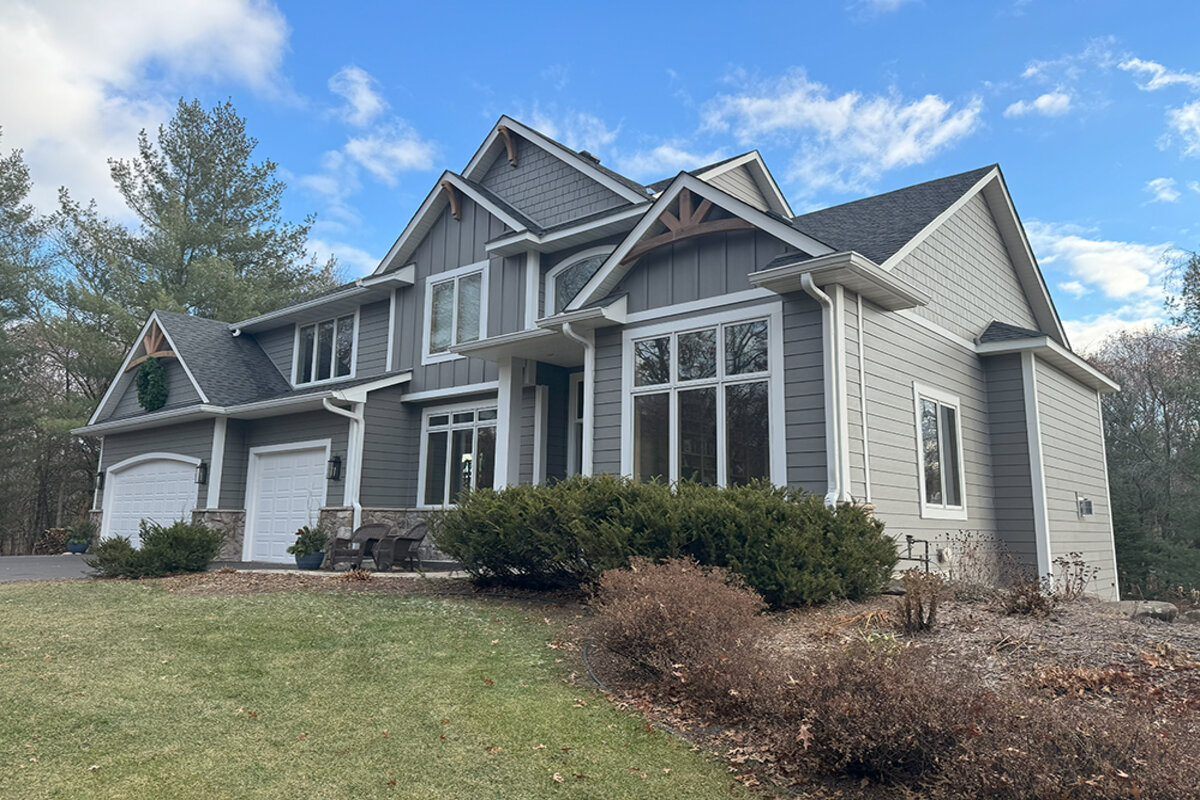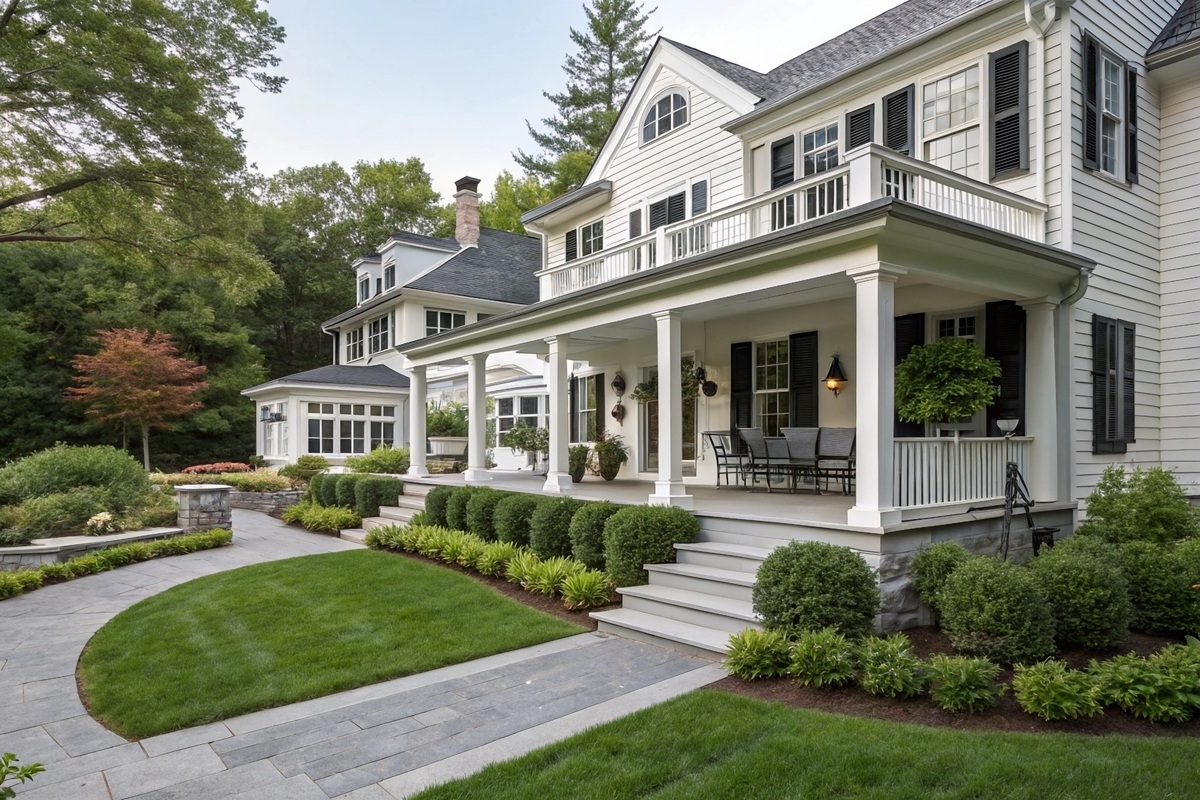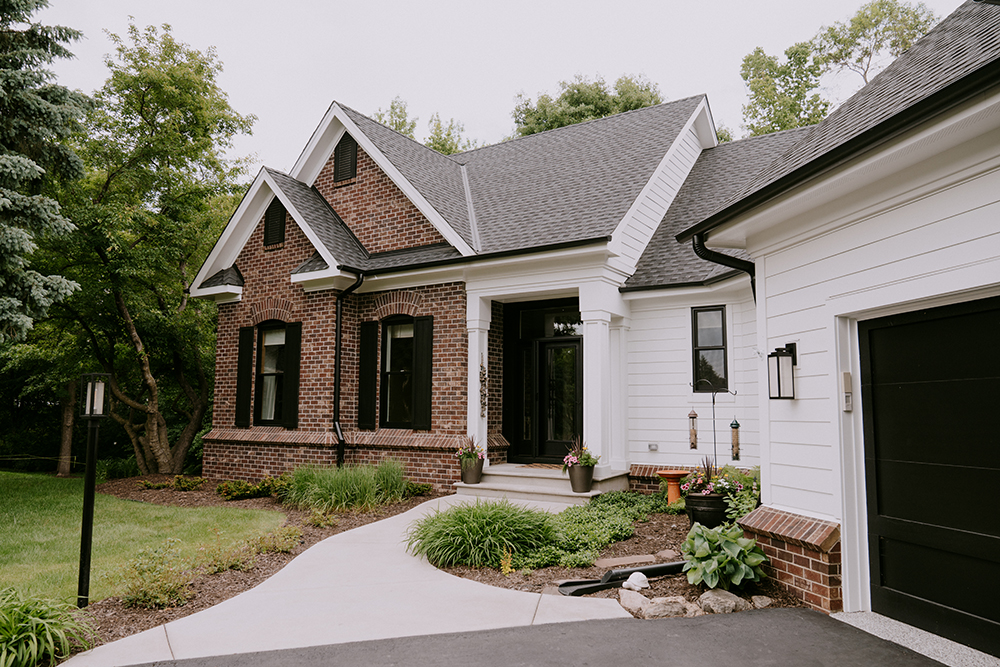When considering improvements for an energy-efficient and comfortable home, a crucial yet often overlooked element is the siding. Energy efficient siding doesn’t just elevate the look of your home; it comes with a range of practical benefits. This article will explore these advantages, drawing on insights from expert analyses in the field.
The Warmth Factor: Energy Efficient Siding as a Thermal Protector
One of the primary benefits of energy efficient siding is its ability to make your home feel significantly warmer. This type of siding acts as an additional layer of insulation, keeping heat inside during the colder months. This feature is especially beneficial in regions that experience harsh winters, where maintaining a warm indoor environment is crucial.
Material Matters: The Role of Cement Layering
A key feature of James Hardie Siding as an efficient siding, is that it is made from cement. This layer is critical in preventing thermal expansion and contraction, which can cause cracks and structural issues. The cement layer serves as a barrier against external temperature changes, ensuring a more stable and durable exterior for your home.
A Quieter Home: Sound Reduction Benefits
Another advantage often reported by homeowners is a noticeable reduction in external noise. Replacing traditional vinyl siding with options like James Hardie siding has led to quieter indoor environments. This is highly beneficial for homes in urban areas or near busy streets, where external noise can be a constant annoyance.
Enhanced Durability and Protection
Energy efficient siding goes beyond thermal insulation and sound reduction; it also plays a crucial role in protecting your home from various environmental elements.
Sealing Against the Elements: The James Hardie Seal
An important aspect of James Hardie siding is its superior sealing capability. Unlike traditional vinyl or steel siding, which often have channels around windows and doors allowing wind and moisture ingress, James Hardie siding ensures a tight seal. This sealing prevents moisture or wind penetration, protecting your home from potential water damage and drafts.
Long-Term Savings and Environmental Impact
While the initial investment in energy efficient siding may be substantial, it leads to considerable long-term savings. By enhancing thermal insulation, these sidings reduce the need for excessive heating, thereby lowering energy bills. Moreover, by using sustainable materials and reducing energy consumption, siding also minimizes your home’s environmental impact.
Conclusion
Incorporating energy efficient siding into your home is more than an aesthetic enhancement; it’s a practical decision that brings warmth, quiet, and protection. With advanced materials like the cement layering in James Hardie siding, homeowners can enjoy these benefits while also positively impacting the environment. The initial cost is offset by long-term savings and the increased comfort and durability of your home. As we look for ways to make our homes more efficient and comfortable, energy efficient siding emerges as a wise and effective choice.
For more information and personalized advice, feel free to contact us. We’re here to help guide you in making your home energy-efficient and comfortable.



















